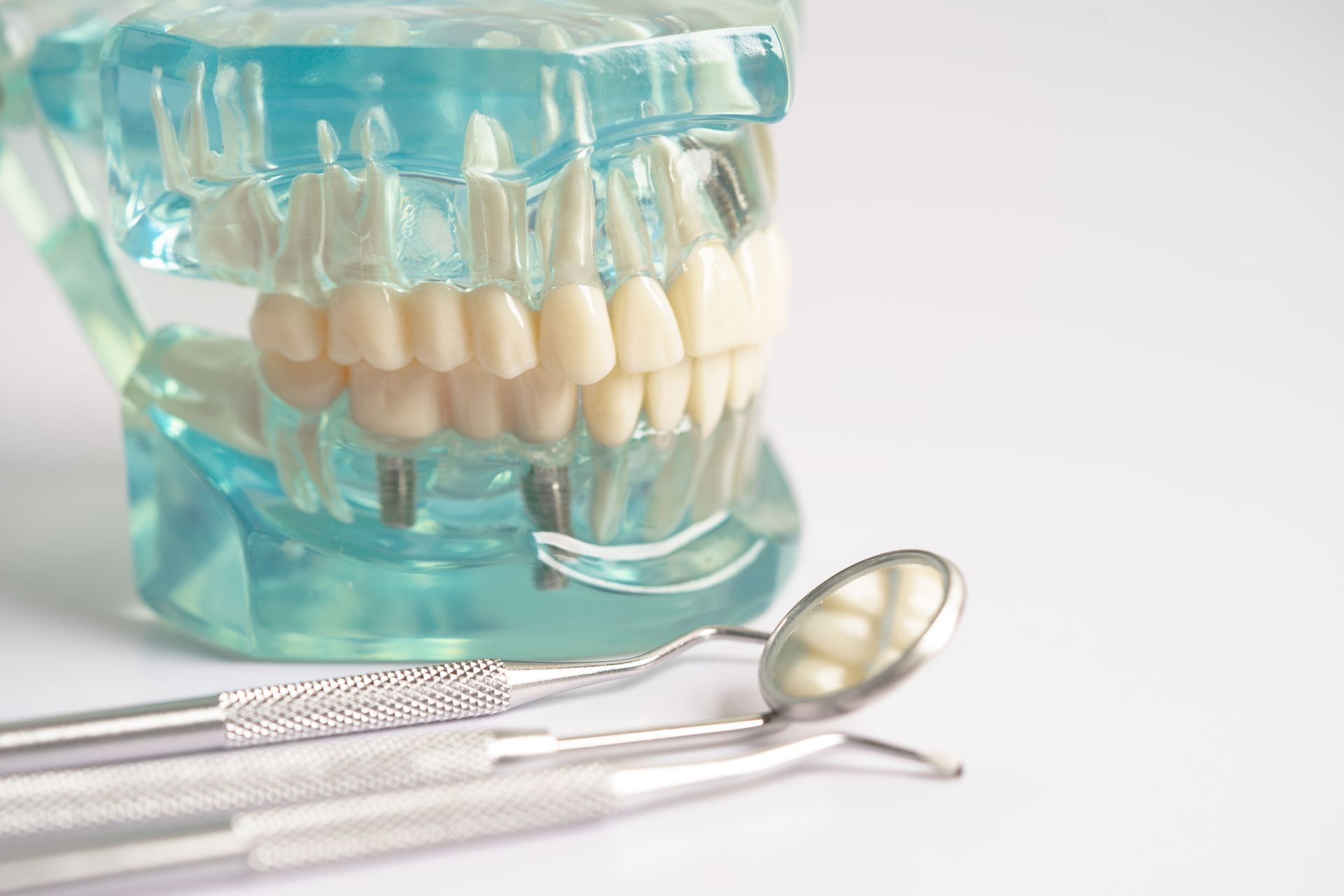How Long Can a Tooth Filling Last?

This article was written and clinically reviewed by the team at West Valley Dental. Our goal is to give you clear, research-based answers without the hype. We reference trusted sources like the American Dental Association and major medical centers so you can make informed choices about your dental care.
Quick answer: Most tooth fillings last 5–15 years, but lifespan varies by material, the size and location of the cavity, your bite (grinding/clenching), and daily habits. Here’s a simple range by type:
- Composite (tooth-colored): ~5–7 years, sometimes
up to 10 with excellent care.
- Amalgam (silver): about
10–15 years or more.
- Gold: often
15–20+ years (some last decades).
- Ceramic/porcelain: roughly
10–15+ years.
- Glass ionomer: typically
up to ~5 years.
What Is a Dental Filling?
A dental filling repairs a tooth damaged by decay (a cavity) or minor fractures. Your dentist removes the decayed area, cleans the space, and places a material that restores the tooth’s shape and function. Different materials have different strengths, looks, and costs, which affect how long they last.

Average Lifespan of Different Filling Materials
Composite (Tooth-Colored) Fillings
- Typical lifespan: ~5–7 years; with great oral care and ideal conditions, some last
up to ~10 years.
- Why they’re popular: They match your tooth color and bond to enamel, making them great for front teeth and smaller cavities.
- What shortens life: Heavy biting forces on back teeth, large fillings, or clenching/grinding.
Amalgam (Silver) Fillings
- Typical lifespan:
10–15 years or more.
- Why they last: Very durable and tolerant of moisture during placement.
- Considerations: Silver color is more noticeable; some people prefer tooth-colored options.
Gold Fillings (Inlays/Onlays)
- Typical lifespan:
15–20+ years; gold is exceptionally wear-resistant and gentle on opposing teeth.
- Considerations: Cost and color; these are usually made outside the mouth and cemented in.
Ceramic / Porcelain Fillings (Inlays/Onlays)
- Typical lifespan: around
10–15+ years.
- Why they’re chosen: Natural look and good stain resistance; made by lab or digital milling.
- Considerations: Can be more brittle than metal if very thin; technique matters.
Glass Ionomer Fillings
- Typical lifespan:
up to ~5 years on average.
- Why they’re used: Release fluoride and bond to tooth; helpful for non-chewing surfaces, baby teeth, or high-risk decay areas.
- Considerations: Not as strong as composite or metal for heavy bite areas.
- Reality check: Ranges are averages. Some fillings fail sooner; others last much longer. Your personal habits and bite often matter as much as the material itself.
Factors That Affect How Long a Filling Lasts
- Material type: Metals (like gold or amalgam) tend to resist wear longer; modern composites and ceramics perform well when placed correctly and cared for.
- Filling size & location: Bigger fillings and those on molars take more chewing force and may wear or crack sooner.
- Bite forces & grinding (bruxism): Clenching or grinding creates micro-cracks and chips over time. A night guard can help.
- Oral hygiene: Plaque around a filling leads to decay at the edges (secondary caries), a common reason for replacement.
- Diet: Frequent sugar or acid exposure (soda, sports drinks) increases decay risk near fillings.
- Regular dental visits: Routine exams catch small problems early before they become replacement-level issues.
Signs Your Filling May Need to Be Replaced
- Sensitivity or pain when you chew, eat something cold/hot/sweet, or bite down.
- Visible cracks, chips, or a rough edge you can feel with your tongue.
- Discoloration or dark lines around the filling.
- Food packing between teeth, floss shredding, or a filling that feels loose.
- New decay under/around the filling found on an exam or X-ray.
How to Make Your Fillings Last Longer
- Brush twice daily with fluoride toothpaste and floss once a day. Keep plaque off the edges where failures start.
- Watch your diet. Limit sugary snacks and acidic drinks between meals. Rinse with water if you do have them.
- Wear a night guard if you grind. Protects against cracks and micro-leaks.
- Don’t chew hard objects. Ice, pens, and very sticky candies can chip or pull at fillings.
- Keep regular checkups and cleanings. Early adjustments or small repairs can add years to a filling.
When to Visit a Dentist for a Filling Check-Up
- Routine schedule: Most people do well with an
exam and cleaning every 6 months, or as your dentist recommends for your risk level.
- Go sooner if: You have new sensitivity, a cracked or lost filling, food trapping, or a tooth that just “feels different.”
If you're experiencing dental pain or discomfort, don't wait dental emergencies require prompt attention to prevent further complications.
Conclusion
Dental fillings are reliable, but not forever. Material, bite forces, hygiene, diet, and regular care all play a role. If you notice changes—pain, rough edges, chips, or dark lines—get it checked early to save time, money, and tooth structure.
Want a no-pressure opinion? Book a check-up with West Valley Dental and we'll let you know how your current fillings are doing and whether anything needs attention. We're here to help you keep your teeth strong for the long run.

Frequently Asked Questions
How long does a tooth filling usually last?
Most fillings last between 5 and 15 years, depending on the material used, the filling size, and your oral habits. Gold and amalgam typically last the longest, while composite and glass ionomer have shorter lifespans.
What type of filling lasts the longest?
Gold fillings often last the longest—15 to 20+ years—due to their durability and resistance to wear. Amalgam (silver) fillings also have a long track record, typically lasting 10–15 years or more.
Can composite fillings really last 10 years?
Yes, under ideal conditions—small cavities, excellent oral hygiene, and no grinding—composite (tooth-colored) fillings can last up to 10 years, though 5–7 years is more typical.
Why do some fillings fail early?
Early failure often results from poor oral hygiene, clenching/grinding, large fillings in high-stress areas, or decay forming around the filling edges.
How will I know if my filling needs to be replaced?
Common signs include sensitivity, pain when chewing, visible cracks or chips, rough edges, discoloration, or food getting stuck near the filling.










